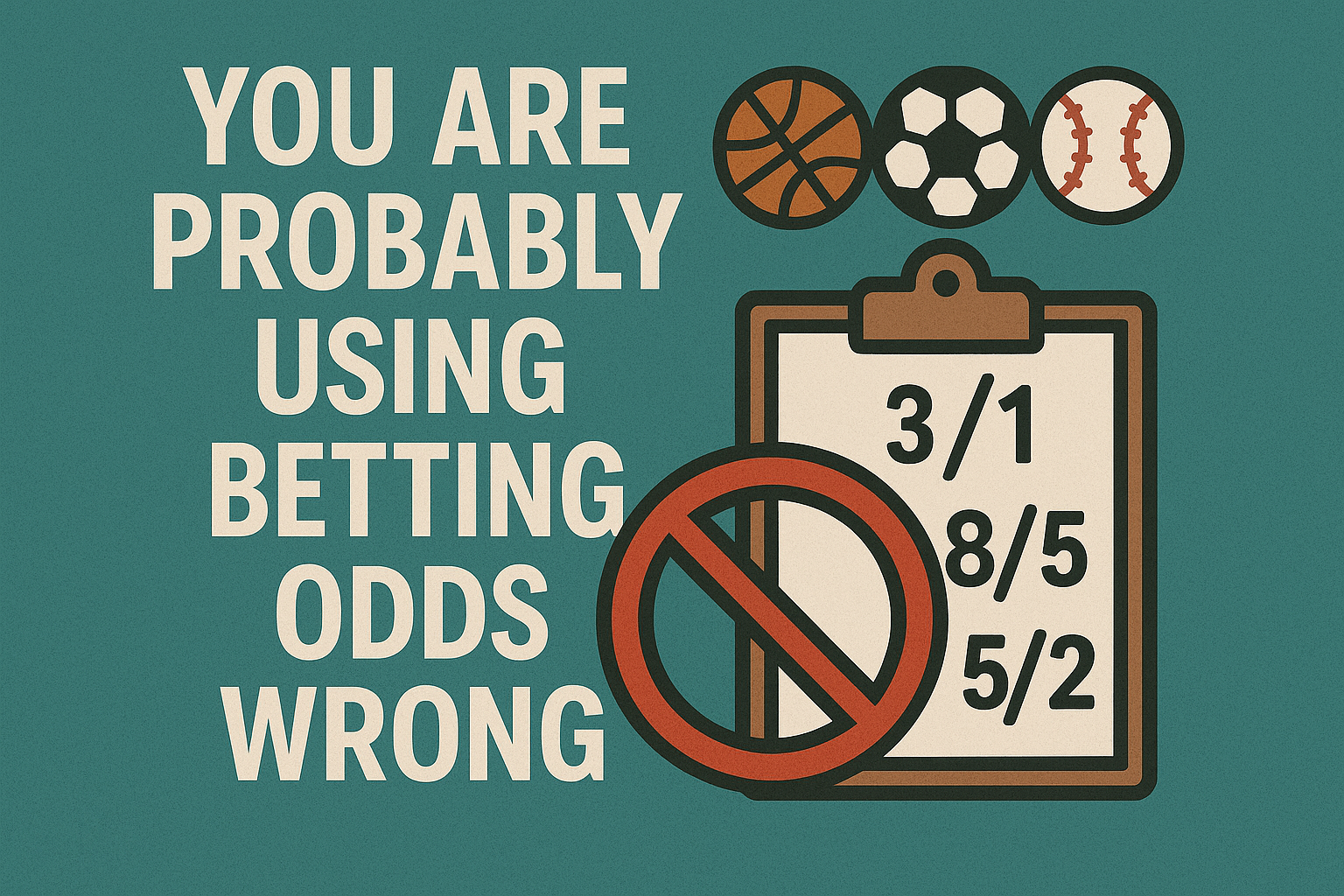Jul 07 , 2025

For people who are into betting on sports, what the bookmakers pay is not really the point. The real issue is understanding what the numbers mean. The question of how do odds work goes beyond surface-level interpretation; it delves into probability, implied value, and the bookmaker's operational strategy. Understanding these basic concepts is the first step to becoming more than just a casual bettor.
The odds from a bookmaker represent the perceived chances of an event occurring, as expressed in the odds we see. There are two main reasons we use odds. The first is to demonstrate the likelihood that something will happen. The second is to show us how much we will win if we place a winning bet. It is essential to bear in mind that such probabilities always include a so-called bookmaker’s margin, or juice or vig. This is the commission that guarantees the bookmaker a profit, no matter the outcome. In other words, if an outcome has a 50% chance, the true odds would be 2.00. Yet a bookmaker might offer 1.91, incorporating their profit.
Worldwide, odds are shown in multiple formats, which present information differently.
When you know how to convert these formats and most importantly how to convert them into real probabilities, you know the real value of an offer.
Odds are not static; their movements offer insights. A shift may occur if something new arises (such as an injury) or if too much money flows in one direction, forcing the bookmaker to balance out. Strategic bettors use odds to.
In summary, considering odds as more than just price tags—that it is a reflection of the true probability and the bookmakers’ own strategy—is fundamental to better betting decisions. When you are more aware of the margins bookmakers have in place and that nothing is likely a sure thing at extremely low returns, it becomes easier to steer clear of the mistakes of the punters who have gone before you.